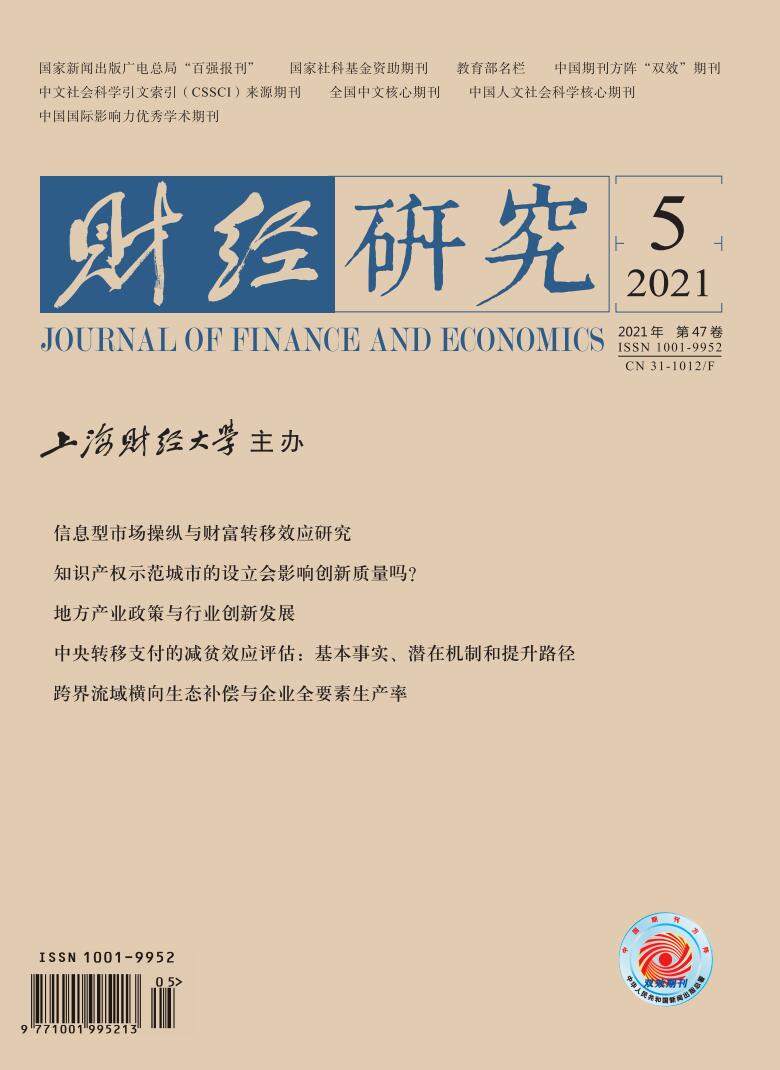This paper studies how the ownership nature affects the rating quality differences between investor-paid credit rating agencies (CRAs) and issuer-paid CRAs in China’s bond market. CRAs are important information intermediaries in the bond market. Their main task is to convey bond issuers’ credit risk information and alleviate the information asymmetry between issuers and investors. However, domestic CRAs have long been questioned about their low rating quality. These criticisms are mainly based on their optimism because a large portion of their ratings are either AA level or AA+ level. The issuer-paid mode adopted by most domestic CRAs is considered to be one of the most important factors causing their low efficiency. Under the issuer-paid mode, CRAs facing conflicts of interest may easily succumb to issuers’ demand for higher ratings.
China Bond Credit Rating Co., Ltd. (CBRC), the first investor-paid CRA in China, was established under policy in September 2010. Like foreign investor-paid CRAs, CBRC is independent but lacks access to private information. Its rating quality may not be better than issuer-paid CRAs. Issuers’ ownership nature might have an influence on CRAs’ behavior. Private firms and state-owned firms are faced with different financing environment. Private firms without implicit government guarantees rely heavily on credit ratings to reduce financing costs, while state-owned firms with implicit guarantees are less motivated to collude with CRAs. Private information is crucial to credit rating in private firms while it has a limited impact on credit ratings in state-owned firms. To conclude, issuers’ ownership nature affects both comparative advantages and disadvantages of investor-paid CRAs, so it has a comprehensive impact on rating quality.
Taking CBRC as an example, the empirical findings are as follows: (1) Compared with the case that the issuer is a state-owned firm, when the issuer is a private firm, the information content of CBRC ratings is less, but the timeliness is stronger. (2) The more the conflicts of interest and the more the public information, the more the information content of CBRC ratings; and this phenomenon is more pronounced among private-owned issuers. These results show that CBRC ratings have independence advantages and information disadvantages at the same time. Overall, they provide incremental information based on issuer-paid ratings, especially when the issuer is a private-owned firm.
The main contribution of this paper is that: Firstly, it focuses on how the ownership nature affects the rating quality differences between investor-paid CRAs and issuer-paid CRAs. Secondly, it compares the rating timeliness of investor-paid CRAs and issuer-paid CRAs, and supplements the literature on China’s credit rating research. Finally, it is of great significance to investors and regulators. Encouraging CRAs with multiple payment modes is conducive to improving the efficiency of resource allocation in China’s bond market.






 7112
7112  5497
5497

